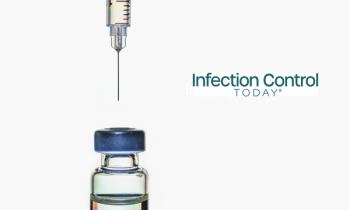
CDC Recommends Resumption of Non-COVID Related Elective Surgeries
While starting to perform elective surgeries, hospitals should also keep an eye COVID-19 in their communities and have the resources available to respond to a surge in COVID patients without having to resort to a crisis standard of care.
In another sign that the worst of the COVID-19 pandemic might be over, the US Centers for Disease Control and Prevention (CDC) said that hospitals can consider performing elective surgeries again. The CDC this week issued a
The agency suggests that hospitals follow recommended infection control practices to prevent transmission of infectious agents. All patients should be screened for COVID-19, and hospitals should be familiar with the healthcare infection prevention and control recommendations that pertain to their particular type of institution (e.g., acute care, urgent care, rural). In addition, hospitals should not begin offering elective surgeries until they have enough personal protective equipment (PPE) and surgical supplies on hand.
While starting to perform elective surgeries, hospitals should also keep an eye COVID-19 in their communities and have the resources available to respond to a surge in COVID patients without having to resort to a crisis standard of care.
“Stay informed,” the CDC warns. “Consult regularly with your state or local health department for region-specific information and recommendations. Monitor trends in local case counts and deaths, especially for populations at higher risk for severe illness.”
There should be a reduction of new COVID-19 cases for at least 14 days in the area where the hospital is located.
That the CDC wants the decision about whether to proceed with elective surgeries to be made by local health officials and individual hospitals is something the American Hospital Association applauds.
In a
Telemedicine should continue to be used when possible to reduce the need for in-person services, the CDC states.
Don’t rush in, the CDC says. Ease the institution into performing elective surgeries again based on “local epidemiology and in concert with recommendations from state and local officials.”
Also, do the surgeries first which, if delayed, are most likely to harm patients. In addition, “Prioritize at-risk populations who would benefit most from those services (for example, those with serious underlying health conditions, those most at-risk for complications from delayed care, or those without access to telehealth).”
Newsletter
Stay prepared and protected with Infection Control Today's newsletter, delivering essential updates, best practices, and expert insights for infection preventionists.






